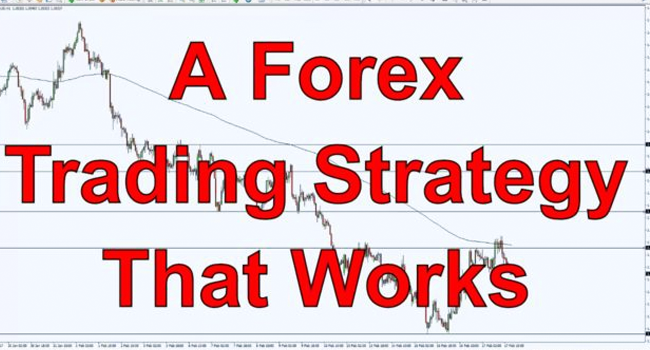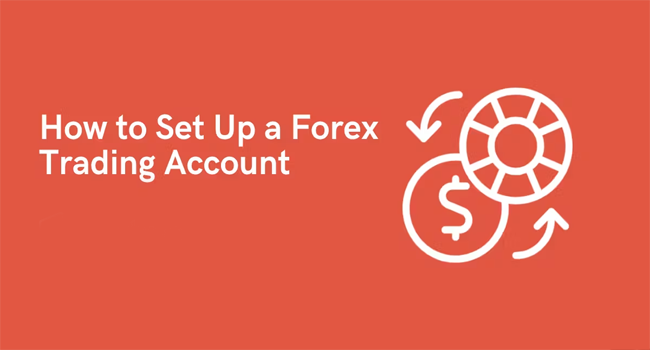Introduction
Forex buying and selling is captivating and complex, attracting individuals who desire to navigate the elaborate landscape of currency markets. Success in foreign exchange trading requires a unique combination of ability, strategy, and discipline. Aspiring investors frequently seek inspiration from those who’ve mastered the artwork of foreign exchange. In this newsletter, we delve into the memories of a few successful forex traders and analyze the techniques that propelled them to monetary triumph.
George Soros: The Quantum Fund Architect
Discussing successful forex traders is complete, citing George Soros, a call synonymous with excellent monetary acumen. Soros won international popularity in 1992 when he famously broke the Bank of England. His Quantum Fund revamped a thousand million dollars in an unmarried day with the aid of shorting the British pound for the duration of the Black Wednesday disaster. Soros recognized a weakness inside the pound’s change charge in the European Exchange Rate Mechanism (ERM) and did a well-timed trade, earning him the title of “the man who broke the Bank of England.”
Soros’s buying and selling philosophy revolves around reflexivity, an idea he brought. This theory shows marketplace contributors’ perceptions and actions can influence market fundamentals, creating a feedback loop. Soros used this information to discover developments and function himself as a result. His ability to analyze macroeconomic elements and expect market sentiment has made him a legend in international foreign exchange trading.
Bill Lipschutz: The Sultan of Currencies
Bill Lipschutz, a former director of portfolio control at Salomon Brothers, is any other luminary in the foreign exchange trading arena. His understanding of foreign exchange earned him the nickname “the Sultan of Currencies.” Lipschutz’s fulfilment is attributed to his eagerness to access information about hazard control and his capability to capitalize on marketplace opportunities.
Lipschutz emphasizes the significance of dealing with chance and retaining capital. He believes that hit buying and selling isn’t only about making profits and minimizing losses. His approach involves carefully choosing high-opportunity trades and the usage of leverage judiciously. Lipschutz’s disciplined technique to hazard has been a critical element in his sustained success.
Stanley Druckenmiller: The Collaborative Investor
Stanley Druckenmiller, regarded for his collaboration with George Soros at the Quantum Fund, is respected in foreign exchange buying and selling. His approach combines macroeconomic evaluation with technical expertise, allowing him to make informed trading decisions. Druckenmiller’s success lies in adapting to converting market situations and capitalizing on emerging traits.
One of Druckenmiller’s excellent trades become at some point of the German reunification in the early Nineteen Nineties. He recognized the potential for a more muscular German financial system and went lengthy at the Deutsche Mark. His foresight and strategic questioning enabled him to earn drastically from this geopolitical event. Druckenmiller’s buying and selling philosophy emphasizes the significance of staying flexible and adjusting strategies based totally on evolving marketplace dynamics.
Paul Tudor Jones: The Macro Trader
Paul Tudor Jones, founding father of Tudor Investment Corporation, is renowned for his macro buying and selling fashion. His achievement stems from his ability to research international macroeconomic trends and make properly timed trades primarily based on his insights. Jones won great popularity for predicting the 1987 stock marketplace crash and profiting from it.
Jones follows a pinnacle-down approach, beginning with a vast analysis of world monetary developments, narrowing down to precise asset lessons and trades. His emphasis on knowledge of the broader financial photo permits him to position himself beforehand of foremost marketplace movements. Jones’s disciplined technique and dedication to steady studying have contributed to his enduring success in aggressive international foreign exchange trading.
Kathy Lien: The Currency Queen
In a predominantly male-dominated industry, Kathy Lien stands proud as a hit woman foreign exchange trader. As the writer of numerous acclaimed books on forex buying and selling and the co-founding father of BK Asset Management, Lien has made substantial contributions to the sector. Her buying and selling strategies are grounded in fundamental and technical evaluation knowledge.
Lien’s fulfilment lies in her capability to combine financial facts with technical indicators to make appropriately informed trading choices. She emphasizes the importance of knowing about worldwide monetary activities and their capacity effect on currency markets. Lien’s approach is a testament to the truth that success in forex trading is not constrained by using gender but as an alternative through skill, information, and discipline.
Conclusion
The tales of these hit foreign exchange traders offer valuable insights into the various techniques that may lead to triumph within the currency markets. Whether Soros’s reflexivity theory, Lipschutz’s consciousness of chance control, Druckenmiller’s adaptability, Jones’s macro buying and selling style, or Lien’s complete approach, each dealer has crafted a unique route to fulfilment. At the same time, their strategies may also range, not unusual threads run via their tales—field, hazard management, adaptability, and a deep understanding of market dynamics. Aspiring forex investors can draw suggestions from those luminaries, mastering their successes and the challenges they navigated.
FAQs
1. What is Forex Trading?
Forex market trading, short for foreign exchange trading, involves shopping for and selling currencies worldwide. It is the biggest and most liquid financial market, where participants trade numerous foreign money pairs to make an income. The forex marketplace operates 24 hours a day, 5 days a week, and is available to individual investors, institutional traders, and economic institutions.
2. How Does Forex Trading Work?
Forex trading entails alternating one currency for another, and buyers aim to make the most of adjustments in change rates. Currency pairs are quoted, indicating the cost of 1 foreign money about any other. Traders can pass long (buy) on a foreign money pair if they expect its price will upward thrust or cross short (sell) if they expect it to fall. The profit or loss is determined via the distinction in the change fee between the time of commencing and the last alternate.
3. What Factors Influence Forex Markets?
Several elements influence foreign exchange markets, which include economic signs, geopolitical events, hobby quotes, inflation, and market sentiment. Central bank guidelines and financial easing or tightening can also have a sizable effect. Traders must stay informed about these elements to make informed decisions, as market situations can alternate swiftly.
4. How Much Capital Do I Need to Start Trading the Forex Market?
The amount of capital required to begin buying and selling forex can vary. Some brokers allow investors to open debts with as few as a few hundred greenbacks, while others may require more extensive initial deposits. It’s crucial to cautiously consider risk management and, most effectively, alternate with finances you can afford to lose. Additionally, many buyers begin with a demo account to practice and refine their strategies before committing to natural capital.
5. What Strategies Can I Use in Forex Market Trading?
There are diverse buying and selling strategies hired in foreign exchange, ranging from day buying, selling, and scalping to swing trading and position buying and selling. Traders may use technical evaluation, essential analysis, or an aggregate of each to make buying and selling choices. Successful buyers frequently have a nicely defined approach, risk management plan, and the subject to paste to their method. Investors must choose a strategy that aligns with their chance tolerance, time dedication, and trading desires.









